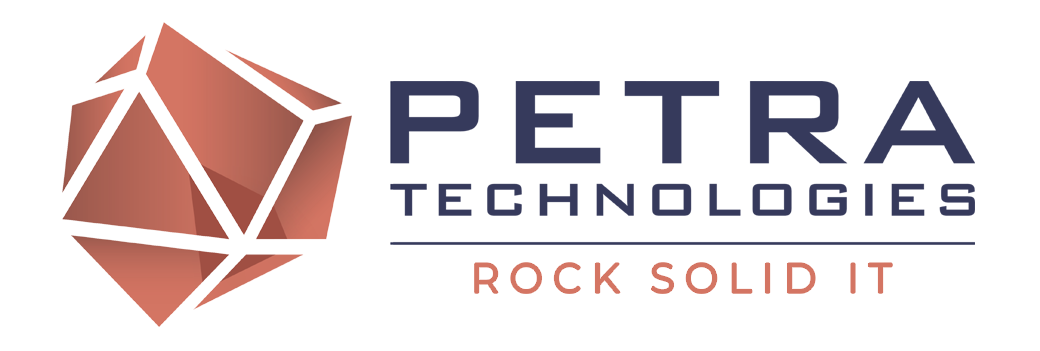 What does it take to keep your establishment’s AI systems protected? This technology streamlines processes through behavioral analysis, chatbots, and predictive analytics, but it has vulnerabilities. Discover how you can address them through proper AI security.
What does it take to keep your establishment’s AI systems protected? This technology streamlines processes through behavioral analysis, chatbots, and predictive analytics, but it has vulnerabilities. Discover how you can address them through proper AI security.
Is It Necessary?
AI has many inherent hurdles you may not have considered. Cybersecurity teams tasked with protecting their company’s IT infrastructure have to account for their:
- Poor transparency due to non-deterministic models
- Potential for data privacy violation since these systems learn from user information
- Lack of standardization, which requires specialist knowledge to understand
- Potential for internal (harmful outputs and misconfigured pipelines) and external (automated hacking or deepfakes) misuse
AI-SPM Paves the Way
Many businesses adopt the AI Security and Protection Management (AI-SPM) model to safeguard their existing AI setup, training data, and services. Here’s how.
Boosted Visibility
An AI bill of materials (AI-BOM) makes detecting and tracking AI usage in an organization infinitely easier. It also removes shadow AI and enables the real-time monitoring of unexpected deployments. You won’t have to allocate vast resources to minimize unauthorized or unplanned activities anymore.
Proactive and Detailed Mitigation
Integrate your AI-SPM within a greater cloud security platform and get much more context around:
- Misconfigurations
- Vulnerabilities
- Identity and permissions
- Network exposures
- Malware
This approach creates an “AI security graph” to identify critical attack paths better and prioritize the more problematic ones.
Streamlined Incident Response
Without the proper framework, your security specialists must sort through countless alerts and logs to identify an issue. Threat detection becomes simpler with AI-SPM. It continuously scrutinizes your AI pipelines and looks for anomalies that indicate a security breach.
The data comes in a graph-based format, so it’s easier to understand the relationships between different elements.
Not All AI-SPM Solutions Are Equal
Which provider deserves your trust? Shop around and compare AI-SPM services. A reliable model:
- Has generative AI capabilities: Gen AI greatly reduces the time spent summarizing vast amounts of information security operators go through. Grappling with complex query languages, operations, and reverse engineering techniques is no longer necessary.
- Can serve as a co-pilot: Even widely varying security situations have many commonalities. The AI-SPM should proficiently handle the repetitive processes, and humans can focus on higher-level decision-making.
- Wields hardened large language models (LLMs): Substandard LLMs may generate misleading or inaccurate responses. A sophisticated AI-SPM exclusively employs rigorously tested LLMs that withstand adversarial attacks and provide factual information.
- Uses advanced algorithms: Deep learning and neural networks uncover hidden patterns, plan for complex attack scenarios, and adapt to evolving threats. Future-proof your infrastructure with up-to-date defenses and give clients peace of mind.
- Pushes out regular updates: Companies should have a long track record of providing performance enhancements and new features for emerging AI security threats. The ever-changing digital landscape demands it.
Look for comprehensive customer service, too. A vendor’s reputation is only as good as its support team. The best ones help configure, optimize, and troubleshoot to maximize the tool’s effectiveness.


